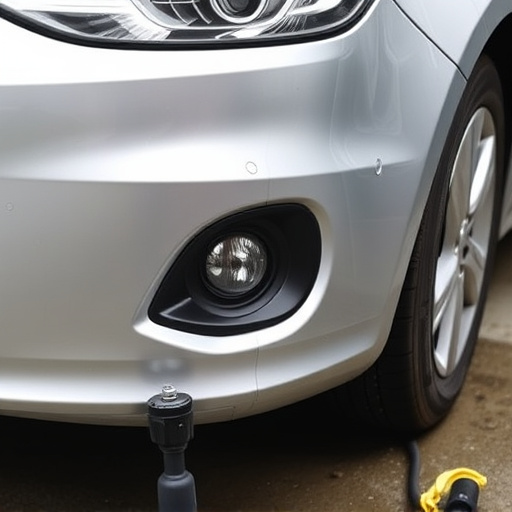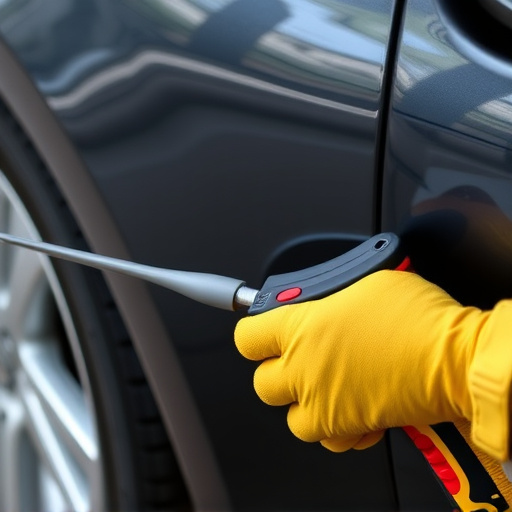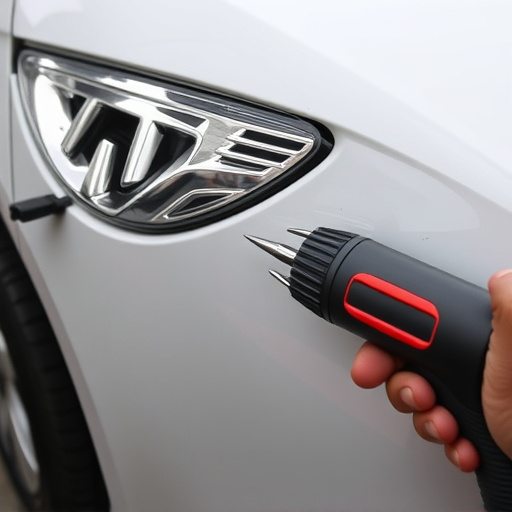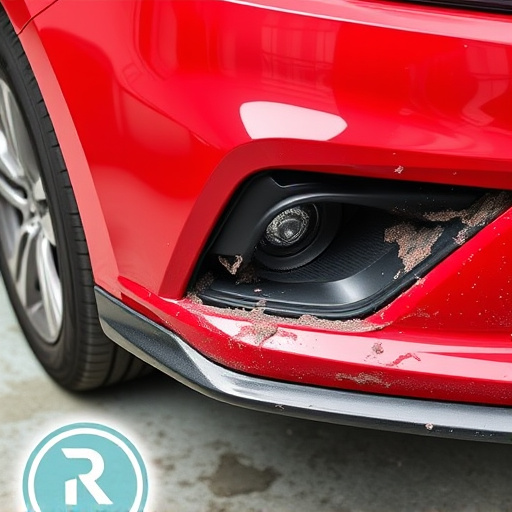Mercedes electronic stability repair involves sophisticated systems that monitor wheel speed and steering angle to prevent accidents. Skilled technicians use advanced tools for precise diagnostics, repairing components like sensors or ECUs, and addressing software issues. Real-world testing confirms effective repairs by evaluating vehicle handling in various conditions, ensuring enhanced safety and reliability.
Mercedes vehicles are renowned for their advanced safety features, with electronic stability control (ESC) being a pivotal component. This article delves into the intricacies of Mercedes electronic stability repair, exploring the importance of understanding these systems and the meticulous processes involved in diagnosis and evaluation. We validate repairs through rigorous real-world testing procedures, ensuring optimal performance and safety on the road. By examining these steps, we highlight the commitment to precision in Mercedes electronic stability repair.
- Understanding Mercedes Electronic Stability Systems
- Diagnosing and Evaluating Repair Processes
- Validating Repairs Through Real-World Testing
Understanding Mercedes Electronic Stability Systems
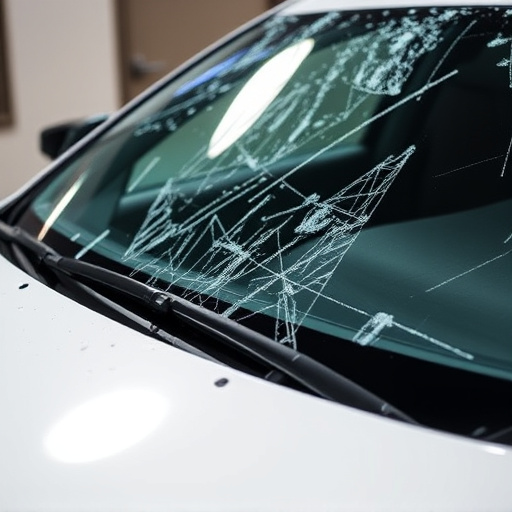
Mercedes Electronic Stability Systems are designed to enhance safety by ensuring optimal vehicle control during critical maneuvers. These systems use a network of sensors, cameras, and actuators to monitor wheel speed, steering angle, and other parameters in real-time. When detecting loss of traction or potential skidding, the system intervenes by individually controlling each wheel’s brake force and engine torque, helping drivers maintain control and stability. This active safety feature is crucial for preventing accidents and mitigating their impact.
Understanding how these systems work is essential when considering Mercedes electronic stability repair. Repairs often involve advanced diagnostic tools to pinpoint issues with sensors or electronic controls. A qualified auto repair near me should have the expertise and equipment, such as sophisticated oscilloscopes and specialized software, to accurately diagnose and fix problems while ensuring the system operates seamlessly. Unlike simple car damage repair or even minor car body repair tasks, Mercedes electronic stability system repairs require a deep understanding of complex technology to maintain safety standards.
Diagnosing and Evaluating Repair Processes

Diagnosing and evaluating Mercedes electronic stability repair processes is a meticulous task that requires skilled technicians. It begins with a thorough inspection using advanced diagnostic tools to pinpoint any faulty components within the vehicle’s electronic stability control (ESC) system. This may involve checking sensors, actuators, and wiring for damage or malfunction. Once identified, repairs can range from replacing worn-out parts like wheel speed sensors to reprogramming ECUs (electronic control units) for optimal performance.
The evaluation process doesn’t stop at fixing the obvious issues. Technicians must also assess the overall health of the vehicle’s computer systems and how they interact with each other. This includes checking for any software glitches or compatibility problems after repair, ensuring that all components work seamlessly together to maintain the vehicle’s stability and safety features. Proper diagnosis and evaluation are crucial steps in achieving successful Mercedes electronic stability repair, setting the stage for a safe and reliable driving experience.
Validating Repairs Through Real-World Testing

Validating repairs through real-world testing is an integral step in ensuring the effectiveness and safety of Mercedes electronic stability repair. After any repair or adjustment to a vehicle’s electronic systems, it’s crucial to put the car through its paces on the road. This involves rigorous driving scenarios designed to mimic everyday conditions as well as extreme cases that push the limits of the vehicle’s stability control. By subjecting the car to these tests, mechanics and engineers can confirm that the Mercedes electronic stability repair not only addresses identified issues but also enhances overall vehicle performance and safety in diverse driving environments.
This real-world validation process goes beyond simply checking for obvious problems. It includes assessing how the car handles sharp turns, sudden stops, and uneven road surfaces – scenarios where electronic stability systems play a critical role in preventing accidents and maintaining control. The data collected during these tests provides valuable insights that aid in fine-tuning the repair, ensuring not only the car’s operational efficiency but also the peace of mind for drivers on the road. In the context of car bodywork services and vehicle dent repair, real-world testing serves as a bridge between workshop repairs and on-road performance, ultimately enhancing the overall customer experience.
Mercedes electronic stability repair is a critical process that ensures the safety of drivers on the road. By combining advanced diagnostic techniques with rigorous real-world testing, repairs can be validated to meet the highest standards. This comprehensive approach not only restores the vehicle’s performance but also bolsters public confidence in its stability and reliability. Effective Mercedes electronic stability repair procedures are essential for maintaining the integrity of modern vehicles, providing peace of mind for every journey.

